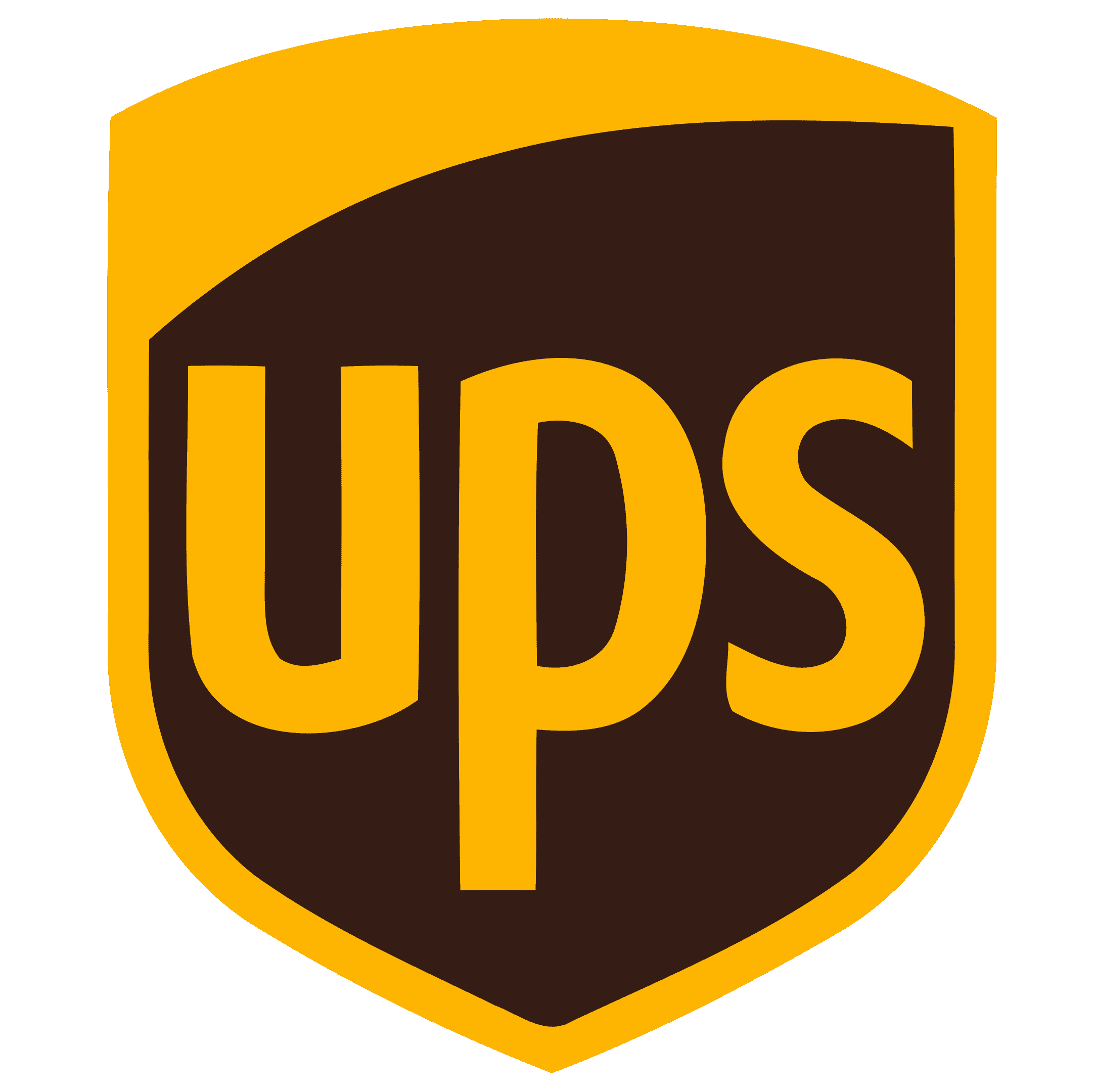
Commercial Door Hardware Types Explained
Posted by National Lock Supply on Oct 27th 2025
Choosing the right commercial door hardware isn’t just about looks—it’s about safety, durability, and compliance. From office buildings to hospitals, every facility relies on properly rated locks, closers, and hinges to ensure secure, smooth, and code-compliant operation.
This guide explains the main commercial door hardware types, what differentiates them from residential options, and how to select the right combination for your building’s needs.
What’s Commercial Door Hardware?
Commercial door hardware includes all the mechanical and electronic components that control how a door opens, closes, latches, and locks. Compared to residential hardware, it’s built for heavier traffic, longer life cycles, and strict performance testing.
Commercial vs. Residential Hardware
Commercial and residential door hardware may look similar at a glance, but the difference in construction, performance, and safety standards is significant. Commercial buildings demand hardware that can withstand continuous daily use, meet code compliance, and maintain security under high traffic conditions.
Durability
Commercial hardware is engineered for longevity and endurance. While residential locks might last through a few thousand cycles of operation each year, commercial locks are built to handle hundreds of thousands—sometimes over a million—open-and-close cycles without failure.
These products use heavier internal components, solid metal levers, and reinforced chassis designs to resist wear, vibration, and misuse.
Security
Commercial door hardware provides a much higher level of resistance against tampering, forced entry, and impact. All components—locks, deadbolts, latches, and strikes—are tested under ANSI/BHMA standards to verify performance under real-world stress.
Testing includes:
- Torque resistance: Ensures handles and levers withstand excessive force without breaking.
- Impact resistance: Confirms latch and bolt strength under physical assault.
- Cycle testing: Simulates years of daily use.
Many commercial locksets also include anti-drill plates, through-bolted mounting, and hardened steel bolts to resist vandalism and forced entry—features rarely found in residential-grade hardware.
Compliance
Beyond durability and security, commercial hardware must meet multiple building and safety codes that govern public and workplace environments.
- NFPA 101 Life Safety Code: Requires free egress (doors must open easily from the inside without keys or special tools).
- ADA Accessibility: Sets standards for lever shape, handle height, and door operation force to ensure accessibility for all users.
- Fire-Rated Certification: Hardware installed on fire-rated doors must be UL-listed to ensure it maintains integrity and self-latching function during fire conditions.
Compliance isn’t optional—it’s essential for insurance, inspection, and liability protection. Using residential hardware in a commercial building can result in code violations, safety risks, and costly retrofits.
Hardware Families
Every commercial opening is a system made up of several coordinated components:
- Locks & Latches – Secure the door in the closed position.
- Door Closers – Control the speed and force of closing.
- Hinges & Pivots – Support the door’s weight and alignment.
- Exit Devices (Panic Bars) – Allow free egress in emergencies.
- Electrified Hardware – Integrates locks with access control or alarm systems.
When these parts are selected correctly, the door operates quietly, safely, and for years without failure.
Main Types of Commercial Locks
The lockset is the core of door security. Different facilities require different lock functions, strength levels, and key systems.
1. Cylindrical Locks
Common in offices and light commercial doors, cylindrical locks install through two holes in the door face. They’re fast to install and available in multiple functions (passage, privacy, or keyed entry).
Best for: Offices, classrooms, and interior corridors.
2. Mortise Locks
Mortise locks sit inside a pocket cut into the door edge, offering superior durability and flexibility. They’re often used in high-traffic or high-security environments.
Best for: Schools, hospitals, and government buildings.
Bonus: Mortise locks support both mechanical and electrified options.
3. Deadbolts
Deadbolts provide added security on exterior doors. Commercial deadbolts feature hardened bolts and anti-drill shields for protection against forced entry.
Best for: Exterior doors, service entrances, and storage rooms.
4. Interconnected Locks
Interconnected locks combine a latch and deadbolt controlled by a single lever. When the inside handle turns, both latch and bolt retract for faster egress.
Best for: Multi-family housing or hotel guest rooms.
5. Smart & Electrified Locks
These locks connect to access control systems, keypads, card readers, or mobile credentials. They allow remote locking, audit trails, and programmable schedules.
Best for: Office buildings, hospitals, and campuses needing real-time control and monitoring.
Understanding ANSI/BHMA Grades
The ANSI/BHMA grading system defines performance and durability levels:
|
Grade |
Typical Use |
Test Cycles |
Description |
|
Grade 1 |
Heavy commercial |
1,000,000+ |
Maximum durability and security |
|
Grade 2 |
Light commercial |
800,000 |
Good balance of strength and cost |
|
Grade 3 |
Residential |
200,000 |
Not recommended for commercial use |
Whenever possible, choose Grade 1 hardware for main entries, classrooms, and other high-traffic areas.
Complementary Hardware
Locks are only one piece of a safe door system. Complementary hardware ensures that every door functions smoothly and meets code.
Door Closers
Door Closers control the door’s closing speed and prevent slamming. Required on most fire-rated and ADA-accessible openings. Adjustable models let you fine-tune closing force.
Panic Bars / Exit Devices
Provide quick, single-motion egress in emergencies. Required on exit doors in assembly spaces, schools, and healthcare facilities. Often electrified for alarm or lockdown integration.
Hinges and Pivots
High-use doors need ball-bearing or continuous hinges for long life and smooth operation. Stainless steel is preferred for exterior or high-humidity areas.
Strikes & Electric Strikes
The strike plate or electric strike holds the latch in the frame. Electric versions allow remote release for access control systems.
Thresholds, Seals, and Weatherstripping
Create a tight seal at the bottom and edges of the door, improving energy efficiency and preventing debris intrusion.
Finish Matching
Commercial hardware is available in multiple finishes such as Satin Chrome (626), Oil-Rubbed Bronze (613), or Stainless Steel (630). Matching finishes across locks, hinges, and closers gives a cohesive, professional appearance and ensures corrosion resistance in your environment.
How to Choose the Right Hardware
Choosing hardware isn’t just about fit—it’s about balancing security, code compliance, and usability.
1. Door Material
Confirm whether your door is wood, hollow metal, or aluminum glass. Some locks and closers require specific mounting templates.
2. Traffic Level
High-traffic openings like main entries or corridors need Grade 1 mortise or cylindrical locks and heavy-duty closers. Light-use rooms may use Grade 2.
3. Fire Rating
Fire-rated doors must use UL-listed, self-closing hardware with positive-latching locks. Always match your lock and closer certifications to the door label.
4. Code Compliance
Verify all openings comply with ADA (lever operation, mounting height) and NFPA 101 (free egress).
For electrified systems, ensure UL 294 listing for access control use.
5. Retrofit vs. New Construction
For existing doors, measure the current backset (2-3/8″ or 2-3/4″) and door thickness (usually 1-3/4″). Choose locks with matching dimensions to avoid re-drilling.
For new builds, you can specify hardware brands and finishes in advance to ensure consistency across all openings.
6. Budget and Maintenance
Higher-grade hardware costs more upfront but reduces long-term replacement costs. Grade 1 locks often last over a decade with minimal maintenance.
Why Buy Commercial Door Hardware from National Lock Supply
When specifying or replacing commercial door hardware, partner with a supplier that understands both security standards and practical installation needs.
National Lock Supply provides everything you need to complete commercial openings with confidence:
- In-Stock Guarantee: Most items ship the same business day.
- Trusted Brands: Yale, Schlage, Corbin Russwin, Sargent, Best Access, and more.
- Bulk & Contractor Pricing: Ideal for multi-door projects or facility upgrades.
- Certified Hardware: All products meet ANSI/BHMA and UL standards.
Expert U.S.-Based Support: Get help choosing the right lock function, finish, or keyway.
Whether you’re outfitting a single office door or an entire commercial complex, National Lock Supply offers reliable hardware, fast shipping, and expert guidance—so every door in your facility performs safely and looks professional.
 SAME DAY & EXPEDITED SHIPPING AVAILABLE
SAME DAY & EXPEDITED SHIPPING AVAILABLE





